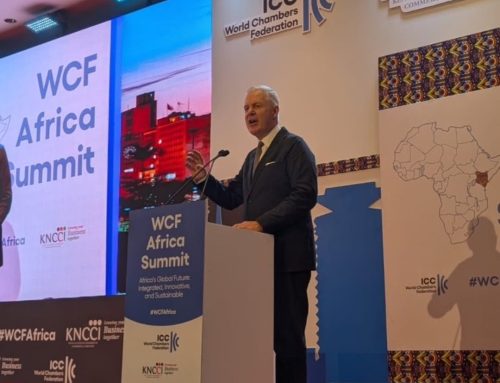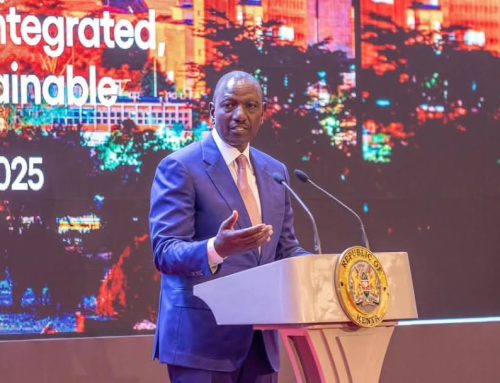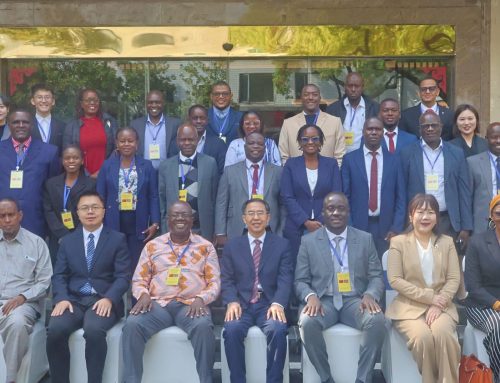It was the best of times, it was the worst of times, it was the age of wisdom, it was the age of foolishness, it was the epoch of belief, it was the epoch of incredulity, it was the season of light, it was the season of darkness, it was the spring of hope, it was the winter of despair, we had everything before us, we had nothing before us – Charles Dickens
Looking at 2024 from the rear-view mirror, Charles Dickens could well have had Kenya in mind when he penned the introduction of his book ‘A tale of two cities’.
The year kicked off with significantly elevated macro instability. On the foreign exchange front, the Shilling was being roiled considerably by hard currencies. On the financial markets, interest rates, even on short-term papers, were trending at significantly high territory and making government paper the only game in town, obscuring every other asset class. Most importantly, the impending maturity of Kenya’s debut US$2.0 billion Eurobond made the prospect of default hang over the economy like the proverbial sword of Damocles. Suffice it to say, it was a pretty rough patch for businesses in the economy, especially those that have hard currency debt sitting in their books.
The refinancing of the US$2.0 billion Eurobond maturity in February marked what emerged to be a decisive turning point that saw key macro indicators resume treading within the desired guard rails. Ever since, the Shilling seems to have found a stable path, interest rates are now tumbling like bowling pins and inflation is at lows we last witnessed in the late 2000s having closed October at 2.8%. The government has not missed the opportunity to pat itself on the back and point to these green shoots as evidence that its policy tool box is indeed fit for purpose.
However, the elephant in the room as we head into 2025 is the predicament that as macro indicators continue to point to general and sustained improvement in the operating environment, micro realities for businesses and households feel decoupled from this symphony.
Why the disconnect? I wish to table a few thoughts.
First, data from the Central Bank of Kenya reveals that growth in credit to the private sector has effectively been muted despite the fact that the Central Bank spent the latter half of 2024 cutting interest rates in a bid to stimulate lending to the private sector. Between June and August 2024, the Central Bank had cut its benchmark rate by 100.0 basis points from 13.0% to 12.0% yet growth in lending to private sector stood at a measly 1.3% as at August 2024.
This suggests to us that lending to the real economy by the banking sector is hinged on far much more than guidance from the market regulator, especially in an environment of elevated credit risk while lending has been migrated to risk-based models. The take home here is that the Central Bank is ‘hand cuffed’ in its ability to nudge lending rates downwards and as we look into 2025, we need to be creative around this if we are to unclench liquidity in the market.
So, what do we do? I have three proposals.
First, the National Treasury needs to urgently embark on the settlement of staggering Sh600.0 billion worth of state arrears/pending bills. Granted, there is the Pending Bills Verification Committee still undertaking its exercise. However, settlement of pending bills, even if staggered in piecemeal phases, will provide the much-needed liquidity boost in the economy.
Second, Finance Bill 2025 needs to urgently prioritise the recalibration of PAYE bands from what we have presently. As it is presently, Kenya’s PAYE bands are way too tight with the 30.0% tax rate kicking in way too early. The country needs a tax bands structure that will help in realisation of a more progressive environment. A good case in point would be revisiting the COVID19 PAYE bands which were designed as a relief measure to cushion Kenyans.
CURRENT PAYE BANDS
| ANNUAL BANDS | Tax Rate |
| On the first Sh288,000 | 10.0% |
| On the next Sh100,000 | 25.0% |
| On the next Sh5,612,000 | 30.0% |
| On the next Sh3,600,000 | 32.5% |
| On the next Sh9,600,000 | 35.0% |
COVID19 PAYE BANDS
| ANNUAL BANDS | TAX RATE |
| On the first Sh288,000 | 10.0% |
| On the next Sh200,000 | 15.0% |
| On the next Sh200,000 | 20.0% |
| On all income in excess of Sh688,000 | 25.0% |
The third proposal ties in very closely to the second one.
Is it time Kenya considers raising the threshold for tax free income from the current Sh24,000? Data from the National Bureau of Statistics shows that with the present structure, just about 7.0% of those in wage employment benefit from this threshold. If legislation is passed to bump this threshold up to Sh30,000, that proportion widens to 10.0% with some 91,109 more wage earning Kenyans benefitting from it. This could provide a major boost for households and help stir up economic activity as we look into 2025.
Finally, the outlook for 2025 must be appreciated with the fact that the lapsing of Kenya’s US$3.6 billion programme with the International Monetary Fund (IMF) is slated for April. Despite the successful refinancing of the US$2.0 billion Eurobond maturity in February 2024, Kenya still faces lumpy debt obligations that require serious consideration from a liability management perspective.
My view is that at the very least, Kenya should scout for a successor non-funded programme with the fund to provide the much needed reassurance as and when the country plans to return to the global markets.
The writer is Business Editor (Broadcast Division) at the Nairobi based Nation Media Group.







Leave A Comment